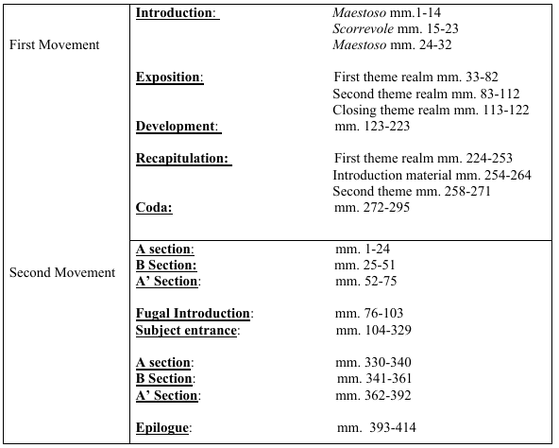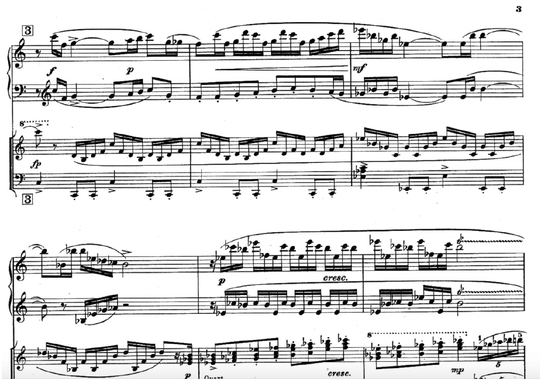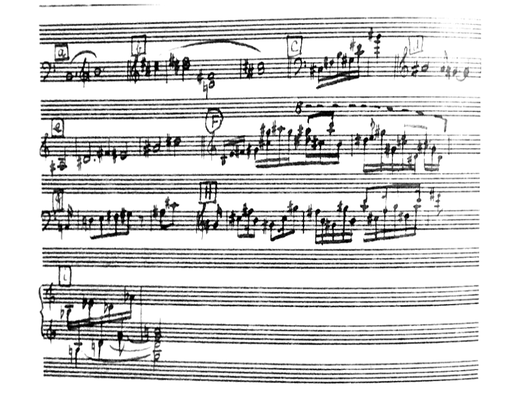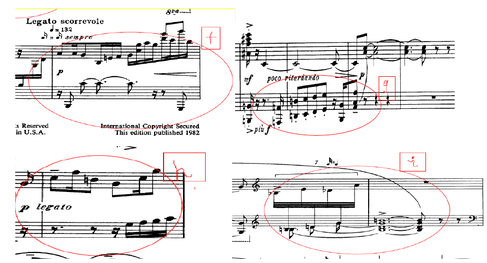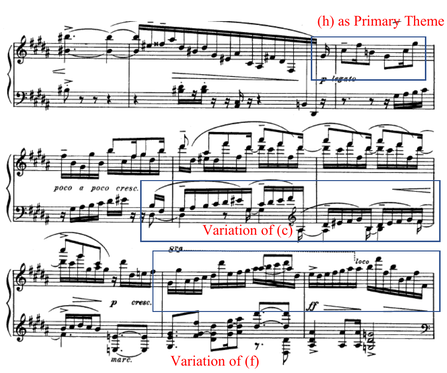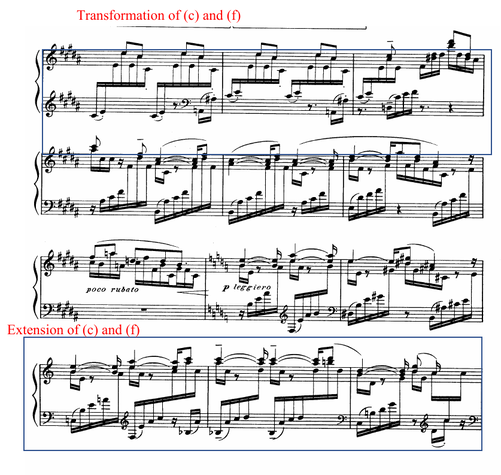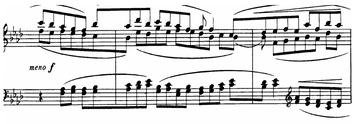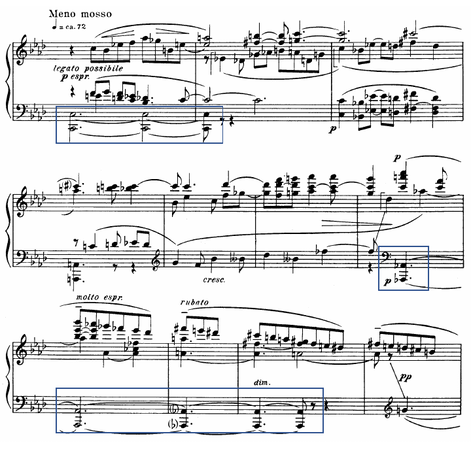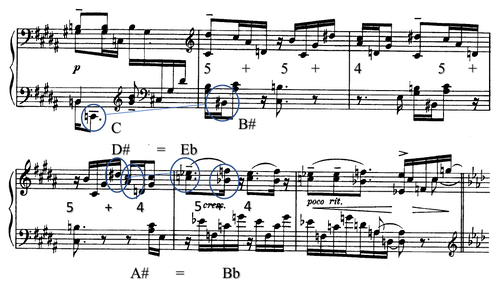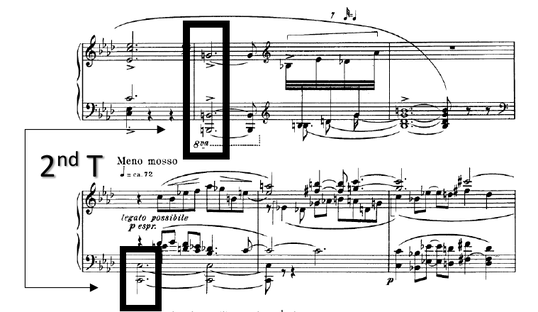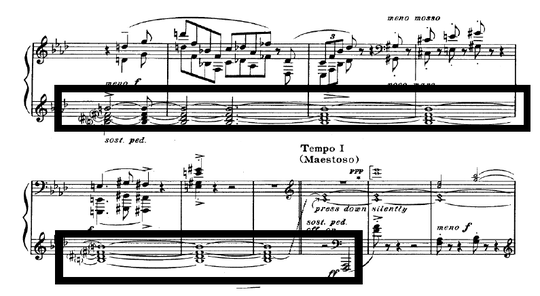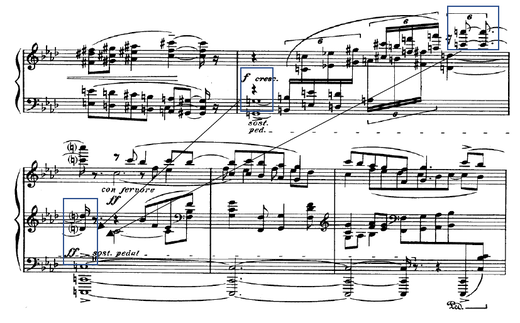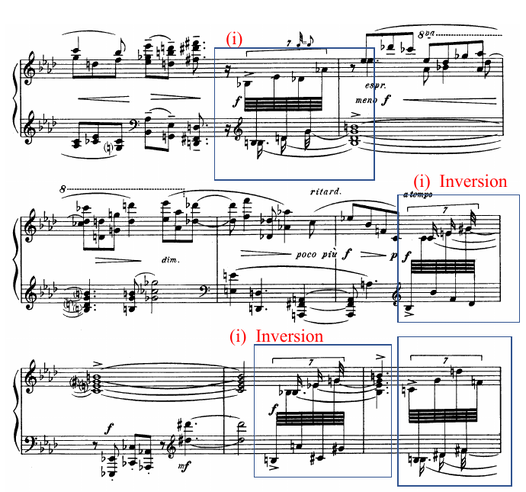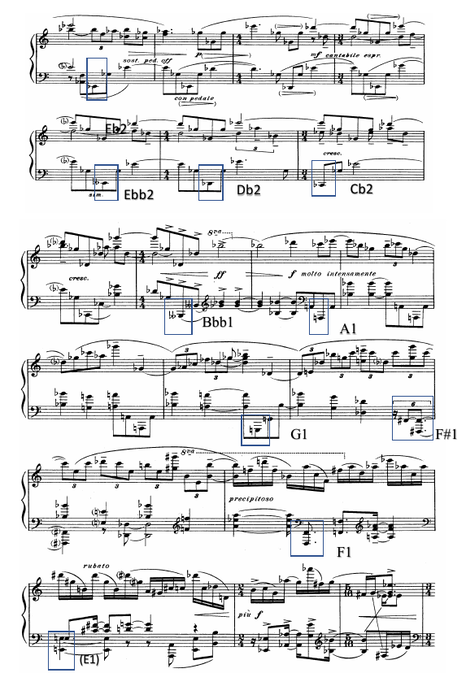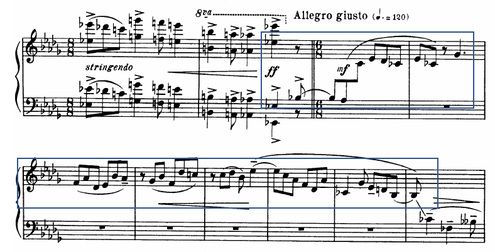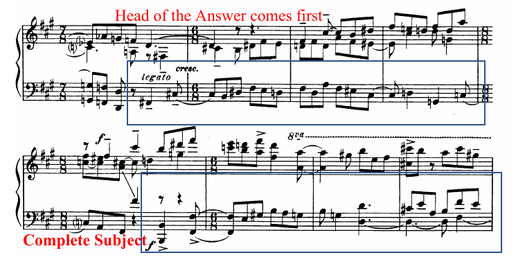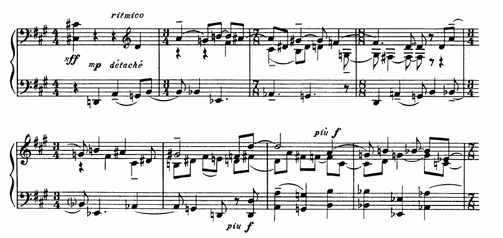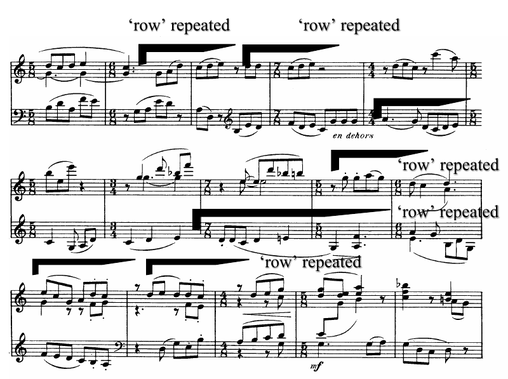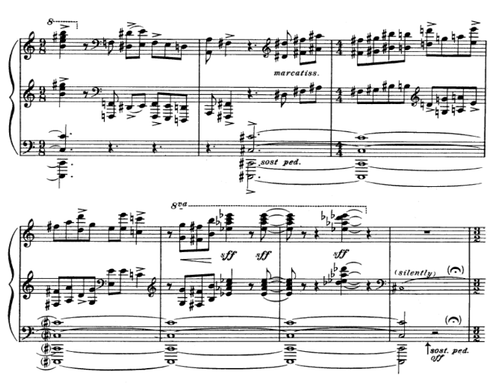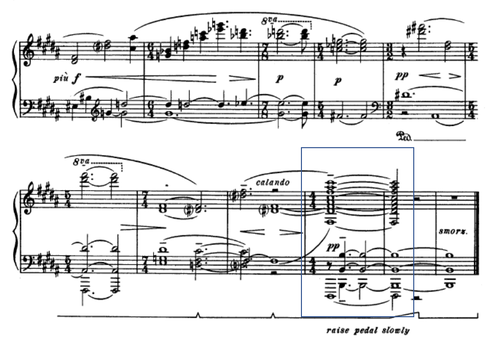UDC: 78.082.2
78.071.1 Картер Е.
COBISS.SR-ID 283393292
_________________
Received: Dec 15, 2019
Reviewed: Jan 04, 2020
Accepted: Jan 09, 2020
#2
The Musical Style of Elliott Carter:
The analysis of the Piano Sonata (1945-46)
|
Citation: Wang, Yingying. 2020. "The Musical Style of Elliott Carter The analysis of the Piano Sonata (1945-46)." Accelerando: Belgrade Journal of Music and Dance 5:2.
Acknowledgments: This paper was the part of Doctoral Treatise at the Florida State University, College Of Music. The Treatise was defended on April 2, 2019. The author expresses her gratitude to the professors and supervisory committee David Kalhous (professor directing treatise), Alice Ann Darrow (University Representative), Diana Dumlavwalla (Committee Member) and Heidi Williams. |
Abstract
The purpose of this paper focuses on American composer Elliott Carter and his Piano Sonata (1945-46). Elliot Carter’s Piano Sonata is a representative example of his distinctive modernist style. After his early works written largely in Neoclassical idiom, Carter embarked on a new musical path in this work. His innovative approach to form, harmony, thematic design, metric elements, sound, and timing according to the common sonata structures differ significantly from the traditional approaches to this form. The compositional aesthetic of this work has become one of the hallmarks of American musical modernism, foreshadowing the compositional direction of piano sonatas in the latter half of the twentieth century. Carter’s music has known for his metrical complexity, in which metric modulation and polyrhythmic application largely emerged after 1948. The trademark is specifically launched in his Cello Sonata (1948). The 1945 Piano Sonata is the piece a few years earlier in which rhythmical complexity began to expose. Author demonstrates the layer of rhythmical pulse through the method of thematic analysis, rather than merely focusing on metric modulation technique. In contrast to most scholarships that have a rigorous study for Carter’s eclectic deed on the fusion of European neoclassicism and American avant-garde, the author discusses the composer’s new compositional approach in the Sonata. Finally, author’s analysis concentrates on specific innovative aspects that make the work unconventional, showing why Carter is one of the most important voices of American modernism.
Keywords: Elliott Carter, piano sonata, polyrhythm, pandiatonicism. musical analysis, American modernism |
This website is under Attribution-NonCommercial-NoDerivatives 4.0 International (CC BY-NC-ND 4.0)
Belgrade Center for Music and Dance is the publisher of Accelerando: BJMD
Belgrade Center for Music and Dance is the publisher of Accelerando: BJMD


